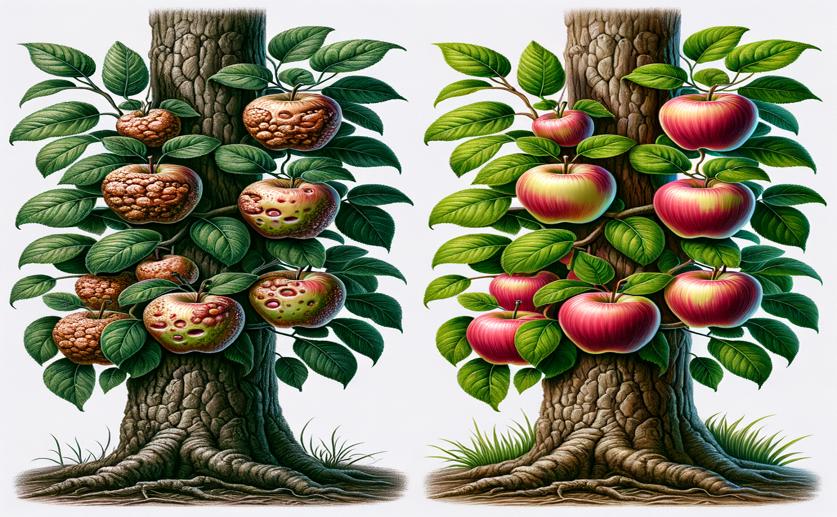
How Apple Fights Off Fungal Infections by Boosting Lignin Production
Jenn Hoskins
10th June, 2024

Image Source: Natural Science News, 2024
Key Findings
- Researchers at Shenyang Agricultural University, China, found that salicylic acid (SA) boosts apple resistance to the fungal pathogen Colletorichum gloeosporioides
- The study identified a transcription factor, MdMYB46, which increases lignin accumulation, strengthening apple cell walls and enhancing disease resistance
- SA reduces the expression of miR7125, allowing higher levels of MdARF1, which in turn upregulates MdMYB46, leading to improved apple resistance
References
Main Study
1) The miR7125-MdARF1 module enhances the resistance of apple to Colletotrichum gloeosporioides by promoting lignin synthesis in response to salicylic acid signalling.
Published 9th June, 2024
https://doi.org/10.1111/pbi.14401
Related Studies
2) Role of salicylic acid in regulating ethylene and physiological characteristics for alleviating salinity stress on germination, growth and yield of sweet pepper.
3) Early genomic responses to salicylic acid in Arabidopsis.
4) Plants send small RNAs in extracellular vesicles to fungal pathogen to silence virulence genes.



 7th June, 2024 | Jenn Hoskins
7th June, 2024 | Jenn Hoskins